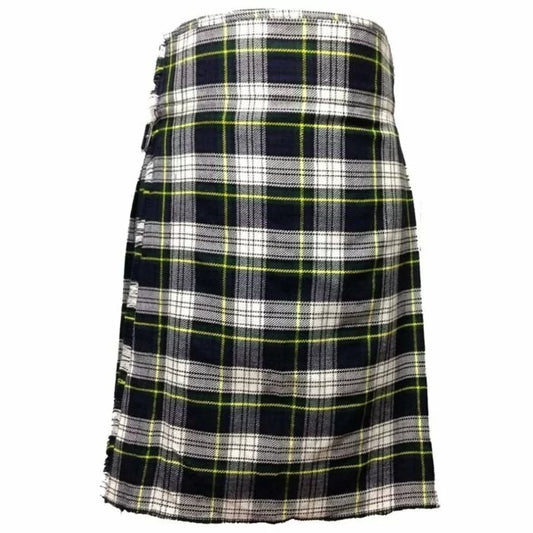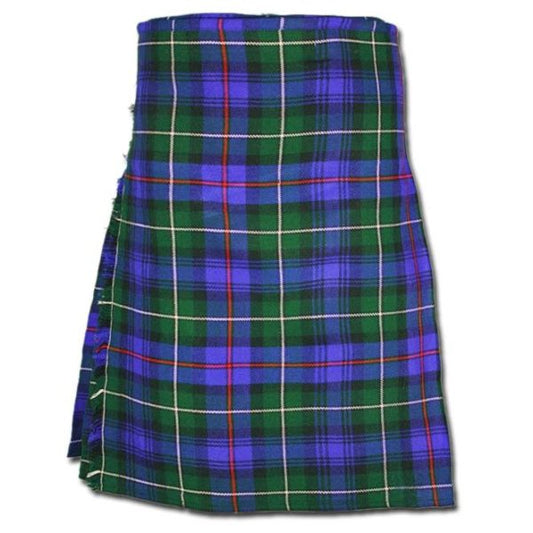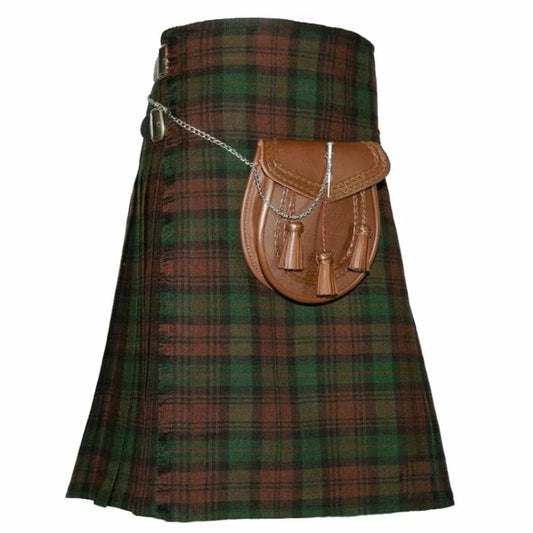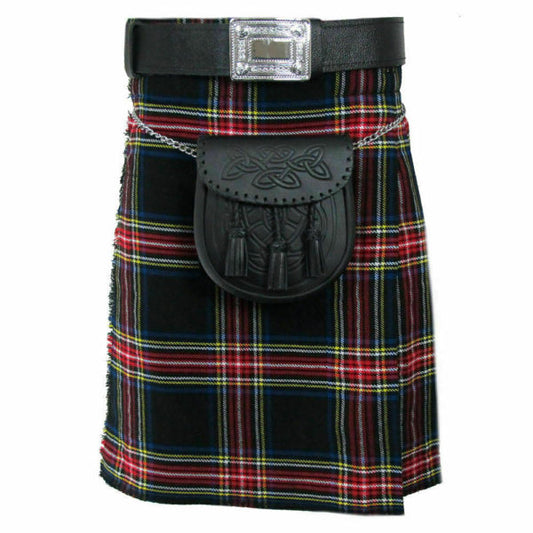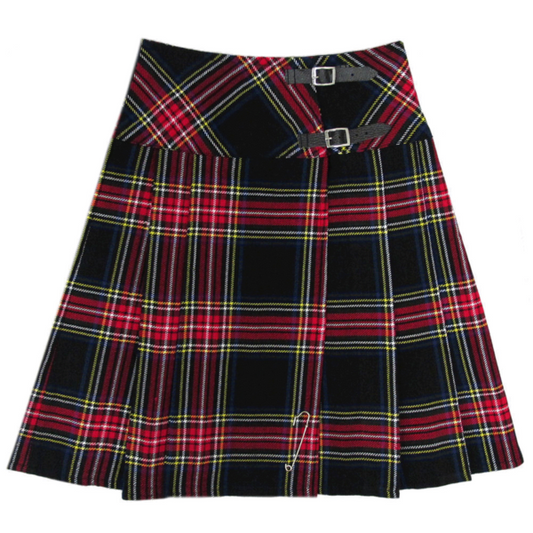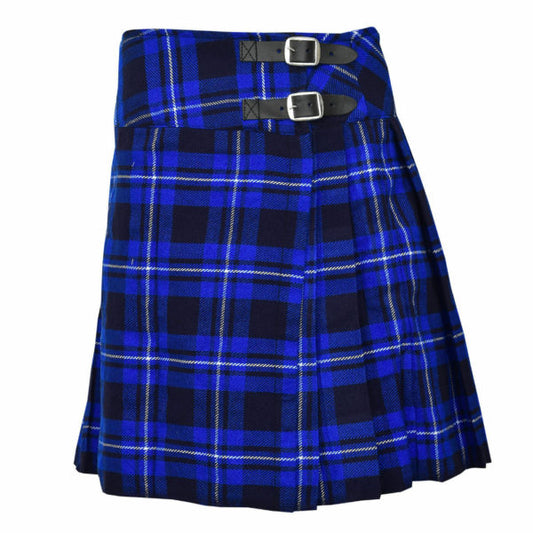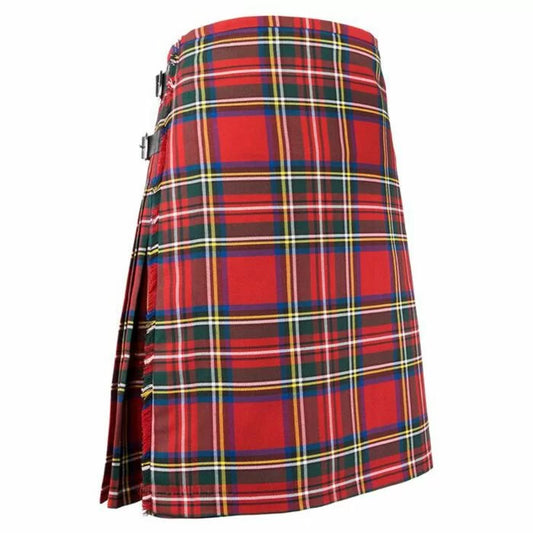-
Dress Gordon Tartan Kilt
Regular price $110.00 CADRegular priceUnit price / per$136.00 CADSale price $110.00 CADSale -
Cumbernauld District Tartan kilt
Regular price $110.00 CADRegular priceUnit price / per$123.00 CADSale price $110.00 CADSale -
Corporate Tartan Kilt for Men
Regular price $110.00 CADRegular priceUnit price / per$136.00 CADSale price $110.00 CADSale -
Brown watch Tartan Kilt
Regular price $110.00 CADRegular priceUnit price / per$136.00 CADSale price $110.00 CADSale -
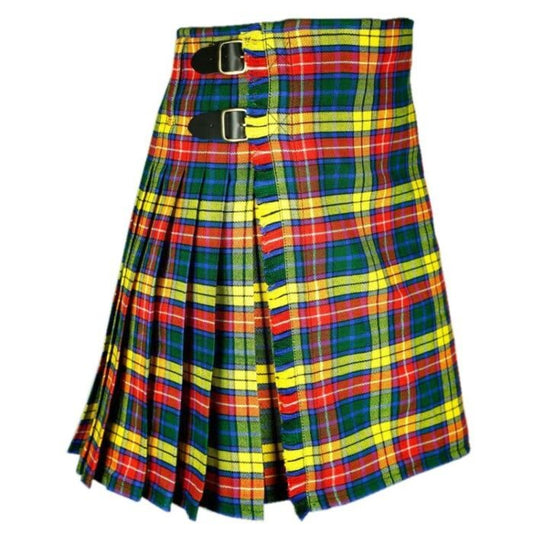 Sale
SaleBuchanan Tartan Kilt
Regular price $110.00 CADRegular priceUnit price / per$136.00 CADSale price $110.00 CADSale -
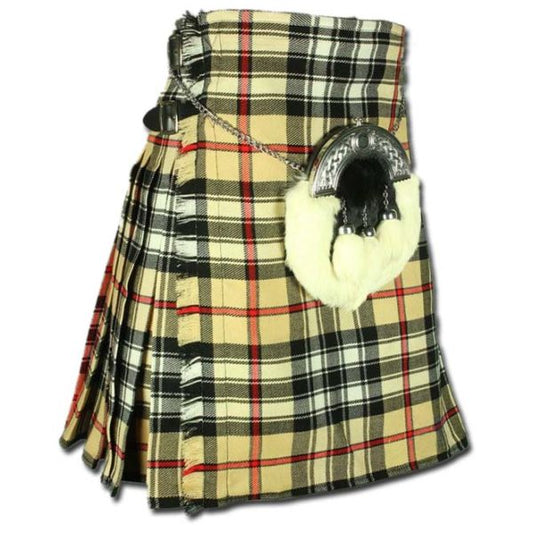 Sale
SaleBurberry Tartan Kilt
Regular price $110.00 CADRegular priceUnit price / per$136.00 CADSale price $110.00 CADSale -
Black Watch Tartan Kilt
Regular price $110.00 CADRegular priceUnit price / per$136.00 CADSale price $110.00 CADSale -
 Sale
SaleBlack Tartan Kilt
Regular price $110.00 CADRegular priceUnit price / per$136.00 CADSale price $110.00 CADSale -
Black Stewart Tartan Kilt
Regular price $110.00 CADRegular priceUnit price / per$136.00 CADSale price $110.00 CADSale -
Black Stewart Tartan Kilt
Regular price $110.00 CADRegular priceUnit price / per$136.00 CADSale price $110.00 CADSale -
American Patriot Ladies Tartan Kilt
Regular price $110.00 CADRegular priceUnit price / per$123.00 CADSale price $110.00 CADSale -
8 Yard Royal Stewart Kilt
Regular price $110.00 CADRegular priceUnit price / per$136.00 CADSale price $110.00 CADSale
Collection: Wedding Kilts
Wedding Kilts: Timeless Elegance for the Modern Groom
Introduction: Wedding kilts epitomize timeless elegance and cultural heritage, offering grooms a distinguished and sophisticated attire choice for their special day. Steeped in tradition and symbolism, these kilts are a popular choice for couples seeking to incorporate Scottish customs into their wedding celebrations. In this guide, we'll explore the origins, significance, styles, accessories, and etiquette surrounding wedding kilts.
Origins and Significance: Historical Roots The tradition of wearing kilts at weddings dates back centuries in Scottish culture, where it symbolized the groom's connection to his heritage and clan. Kilts were worn with pride and reverence, signifying the groom's commitment to his family, community, and traditions.
Modern Adaptations In modern times, wedding kilts remain a popular choice for grooms looking to honor their Scottish heritage or simply make a bold and distinctive fashion statement on their wedding day. Kilts offer a unique alternative to conventional suits or tuxedos, adding a touch of tradition and romance to the occasion.
Styles of Wedding Kilts: Traditional Tartan Kilts Traditional tartan kilts are a classic choice for wedding attire, featuring the distinctive patterns and colors associated with Scottish clans or families. Grooms may choose a tartan that reflects their family's heritage or opt for a neutral tartan that complements the wedding color scheme.
Contemporary Designs Contemporary wedding kilts offer a modern twist on traditional attire, incorporating sleeker silhouettes, alternative fabrics, and customized details. These kilts cater to grooms looking for a more fashion-forward and personalized aesthetic on their wedding day.
Accessories for Wedding Kilts: Sporran The sporran is a traditional Scottish pouch worn at the front of the kilt, serving both a decorative and practical purpose. Grooms may choose from a variety of sporran styles, ranging from simple leather designs to more ornate options adorned with fur, tassels, or Celtic motifs.
Jacket and Waistcoat To complete the ensemble, grooms often pair their kilts with a matching jacket and waistcoat. Traditional options include Prince Charlie jackets or Argyle jackets, while contemporary alternatives may feature modern cuts and fabrics for a sleeker look.
Kilt Pin A kilt pin is worn on the front apron of the kilt to add weight and balance, as well as to serve as a decorative accent. Grooms can choose from a range of designs, from traditional Celtic knots to personalized motifs or family crests.
Etiquette for Wearing Wedding Kilts: Respect Cultural Traditions If wearing a tartan kilt, it's customary to choose a tartan associated with the groom's family or heritage. However, grooms are not restricted to their own clan tartan and may choose any tartan that holds personal significance or resonates with the wedding theme.
Coordinate with the Wedding Party Grooms should coordinate their wedding kilts with the attire of the wedding party, ensuring a cohesive and harmonious look. This may involve selecting complementary tartans or coordinating colors for kilts, jackets, and accessories.
Conclusion: Wedding kilts embody a timeless elegance and cultural heritage that make them a cherished and symbolic choice for grooms on their wedding day. Whether opting for a traditional tartan kilt or a contemporary design, grooms can embrace their Scottish roots and make a memorable fashion statement as they embark on the journey of marriage. With their rich symbolism and sophisticated style, wedding kilts continue to captivate couples and guests alike, adding a touch of tradition and romance to wedding celebrations.

